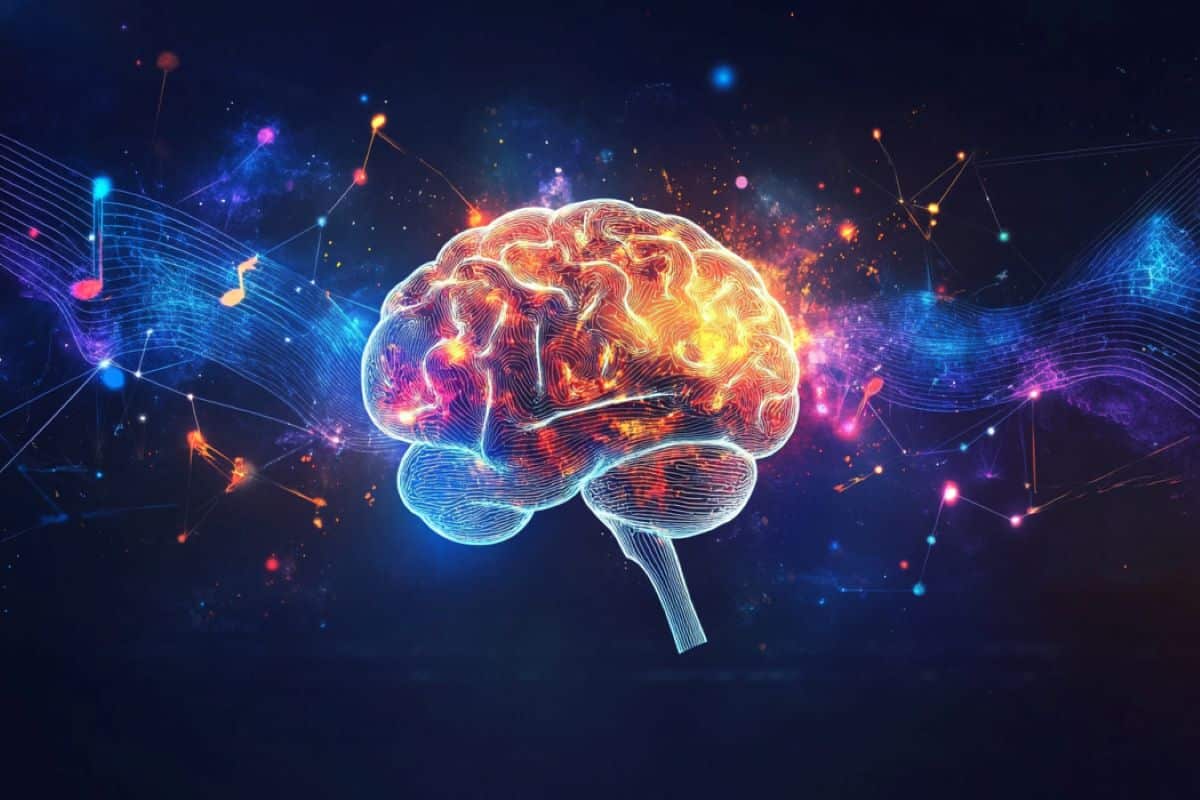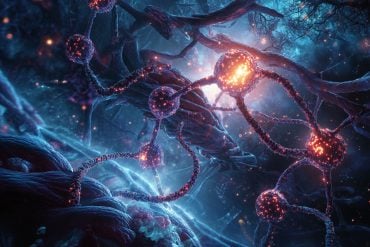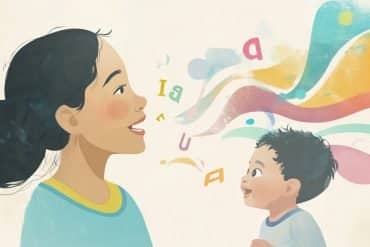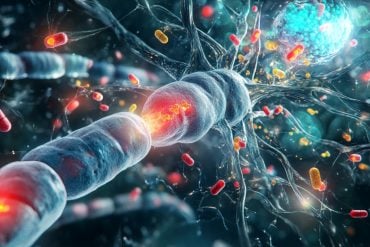Summary: Music-based movement therapy, the Ronnie Gardiner Method, shows promise in aiding rehabilitation for stroke and other brain disorders, according to a review from researchers. This rhythmic and engaging approach, which involves coordinated movements and sounds, has been well-received by participants for its enjoyable and social nature.
While the method’s potential benefits for stroke recovery are documented, further studies are needed to validate its effectiveness in other conditions. The Ronnie Gardiner Method may become a valuable addition to traditional neurological rehabilitation.
Key Facts:
- Music therapy using the Ronnie Gardiner Method could aid stroke recovery.
- The method combines rhythm, movement, and cognitive challenges.
- Further research is needed to confirm its benefits for other brain disorders.
Source: University of Gothenburg
Music-based movement therapy, known as the Ronnie Gardiner Method, has the potential to contribute to rehabilitation after a stroke and in other brain disorders. These are the results of a scoping review from the University of Gothenburg.
The Ronnie Gardiner Method was developed by and named after the popular Swedish-American jazz drummer Ronald “Ronnie” Gardiner, born in 1932.

The method is used in rehabilitation in Sweden and internationally, but there has been a lack of a comprehensive scientific overview of any functional improvements when the method is applied, and how instructors and participants perceive it.
The current study, published in the journal Disability and Rehabilitation, compiles the purposes for which the Ronnie Gardiner Method is used within healthcare. The study also explores the potential benefits of the method.
“There is no doubt that in practice the method brings joy to participants in an often challenging life situation with long-term rehabilitation needs,” says Petra Pohl, physiotherapist and assistant professor at Sahlgrenska Academy at the University of Gothenburg, and responsible for the study.
Complement to regular rehab
She has been studying the method for over 15 years and has previously evaluated it for people with Parkinson’s disease and stroke. The previous studies showed that the method is appreciated exactly for its playfulness and pleasant setting with uplifting music, and a social context in a group.
“This is a fun and engaging approach, and something out of the ordinary. It challenges both cognition and motor skills at the same time,” says Petra Pohl.
The method is based on rhythm and movements, such as hand clapping and foot stomping, based on a two-color note system where the left half of the body follows red notes and the right half blue notes while the mouth is forming rhythmic sounds. Many things are put to the test at the same time: motor skills, sense of rhythm, dual-task, coordination, memory, endurance and more.
What emerges from the current review study, which aims to provide an overview of the results of previous publications within the field, both quantitative and qualitative studies, is that the Ronnie Gardiner Method could serve as a valuable addition to traditional neurological rehabilitation.
Method on the rise
The potential benefits of stroke rehabilitation are the best documented, while the results from other conditions are more inconclusive. Of the 23 studies included in the review, the majority were not peer-reviewed, and are therefore not given the same weight.
From the qualitative studies included, it appears that the Ronnie Gardiner Method is perceived as challenging, motivating and enjoyable by participants, and many experienced improved recovery and quality of life.
“The method has reached an international arena, and many things suggest that it will be used more in rehabilitation contexts in the future. It is therefore important that it is studied, especially in controlled trials, for better validation,” says Petra Pohl.
About this music and neurology research news
Author: Margareta Gustafsson Kubista
Source: University of Gothenburg
Contact: Margareta Gustafsson Kubista – University of Gothenburg
Image: The image is credited to Neuroscience News
Original Research: Open access.
“Scoping review of the music-based movement therapy Ronnie Gardiner Method” by Petra Pohl et al. Disability and Rehabilitation
Abstract
Scoping review of the music-based movement therapy Ronnie Gardiner Method
Purpose
Ronnie Gardiner Method (RGM) is a music-based movement therapy that has long been used within rehabilitation. There is a need to (1) identify the scope of the use of RGM, (2) explore potential benefits, (3) examine qualitative studies to capture perspectives from participants and practitioners, and (4) identify knowledge gaps to be addressed in future research.
Materials and methods
A scoping review methodology was conducted. PubMed, CINAHL, Scopus, as well as the search engines DIVA portal, Libris.se, Google Scholar, and uppsatser.se were searched. Quantitative studies were summarised using diagnosis as a differentiating criterion, and qualitative studies were summarised in a narrative synthesis.
Results
Twenty-three studies were included, the vast majority of which consisted of non-peer-reviewed publications/grey literature. There is initial research evidence on potential benefits for stroke rehabilitation, with inconclusive results in other populations. Qualitative data indicate that RGM is adequately challenging and motivating for participants, with positive perceptions of recovery and quality of life.
Conclusions
Findings indicate that RGM could serve as a valuable addition to neurological rehabilitation. Potential benefits were identified, and qualitative data indicate that RGM is perceived as motivating and enjoyable. Future research should employ robust study designs, including controlled trials, to further validate RGM.






